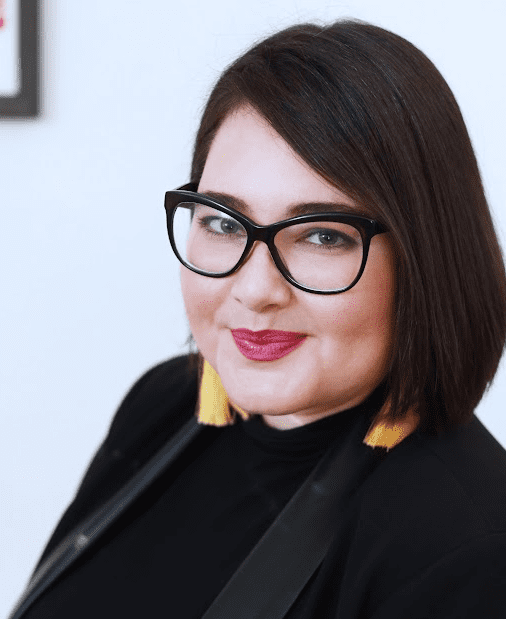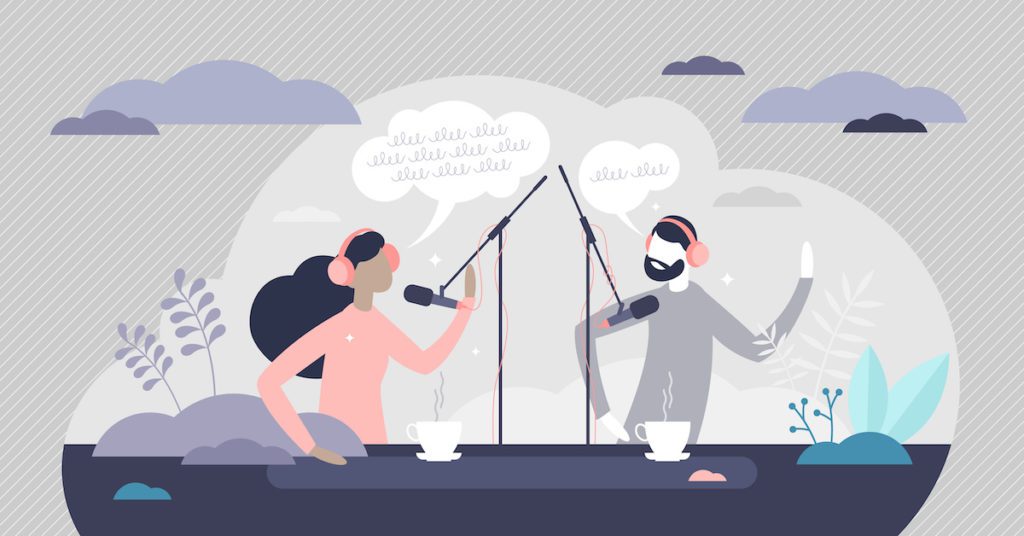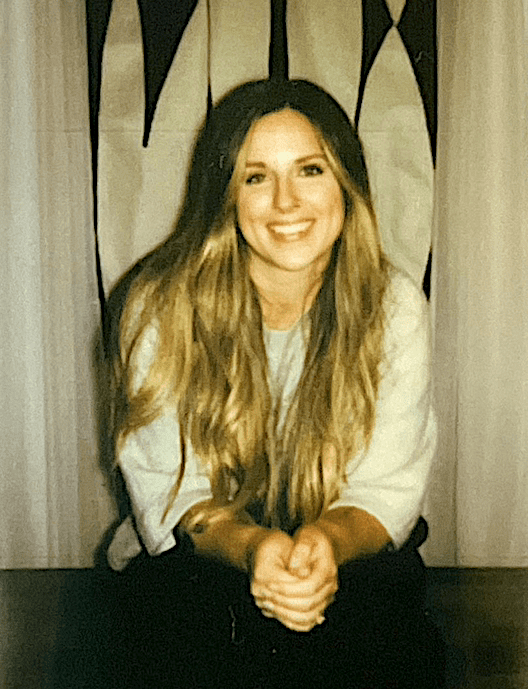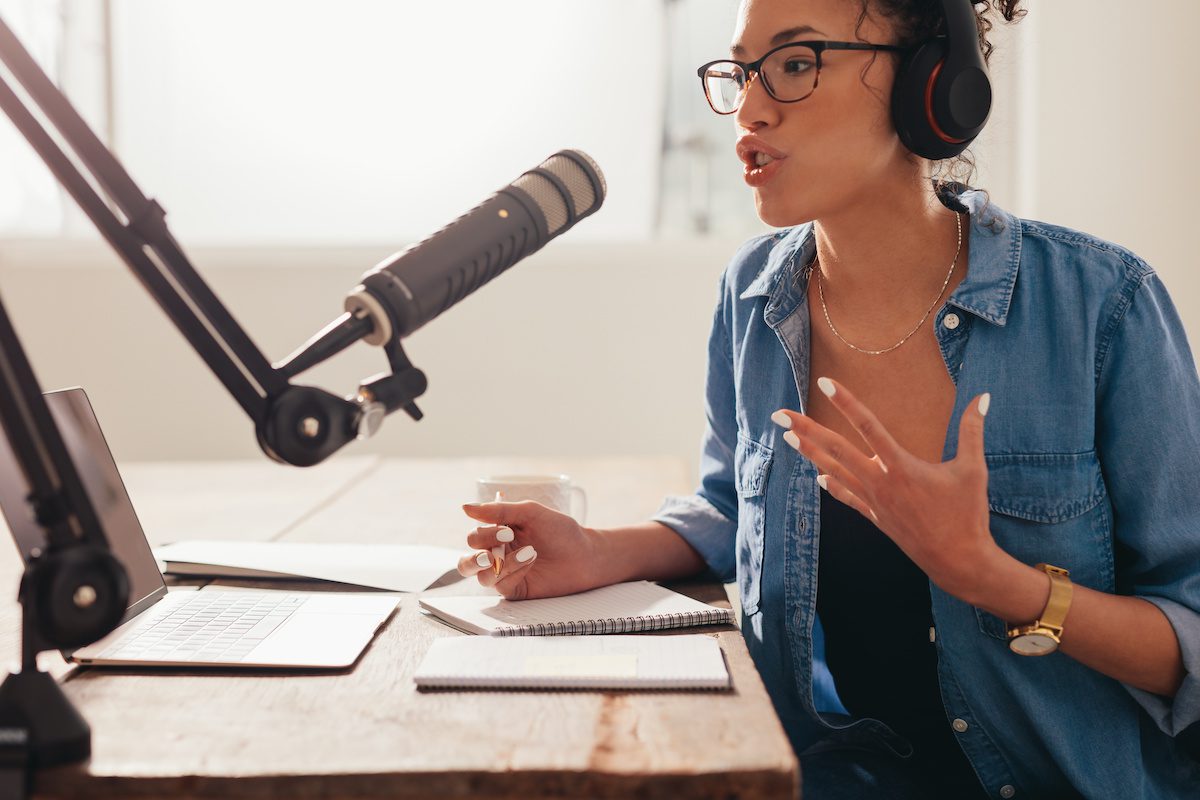The dos and don’ts of promoting your business with audio, and how to do it well.
From Anderson Cooper to the 12-year-old kid who lives on your block, it seems like everybody has a podcast these days. There are more than 3.2 million active podcasts out in the world, published by major media organizations, random individuals, and, increasingly, commercial brands.
Their formats range from bite-sized nuggets of wellness wisdom (from a toothpaste company) to highly produced documentaries that roll out a gripping narrative slowly over the course of a season. There’s a reason why brands of all kinds are flocking to the space: The audio medium is portable, intimate and there’s a growing audience of listeners who are hungry for more.
Maybe you’re wondering if you and your company should wade into this crowded pool, too. We asked a few podcast pros who’ve worked with leading brands for tips on how to decide.
“Every brand can benefit greatly from a podcast, as long as it’s the right podcast,” says Michelle Khouri, whose production company, FRQNCY, has made shows for the likes of Jane Goodall, TurboTax and Coca-Cola. “If it’s between a quick-and-dirty podcast and no podcast at all, I’d prefer none.”

So, here are a few dos and don’ts when it comes to branded podcasts, plus how much it really costs to make an impact.
DON’T: Make it an ad
“Applying a regular marketing strategy to podcasts does not work,” says Sara Joyner, a senior producer at Gilded Audio, which has partnered with brands including Chobani, TD Ameritrade and T. Rowe Price. She cautions that a good branded podcast is not an infomercial.
“You have to earn people’s attention. If you’re pushing that really shiny, over-workshopped PR/marketing language — this institution is the very best and has the very best people — people can see right through it,” she says.
To illustrate the point, Joyner points to a podcast from Rolex that had nothing to do with watches. Instead, it featured world-famous rock climber Alex Honnold in conversation with leading climate-science pioneers.
“You might wonder why Rolex wanted to do that, rather than make a podcast about watchmaking,” she says. “They wanted to establish their identity as a brand that cares about the planet, and I think it was really effective in trying to communicate to people who they are.”
A successful podcast will center the needs of the listener, not the brand, echoes Khouri. “It’s like Carly Simon for podcasting: it’s just not about you,” she says, alluding to the singer’s 1970s hit “You’re So Vain.”
DO: Know who you want to reach (and keep it short and sweet)
“Brands need to ask themselves, ‘Who is my target listener? What do I want my listener to think, do or feel after listening to an episode?’” says Khouri. “Most importantly: How do I want to enrich their lives for the better?”
Knowing the answers to those questions will help you determine what kind of podcast your potential audience really wants to hear, rather than just what you want to say.

“There’s a million types of shows and formats you could select from, but all the creative decisions need to spring from those answers,” says Joyner. It’ll also help determine, for example, how long each episode should be — a common question in a landscape where they can range from 60 seconds to 153 hours (no kidding).
Think about how much time your target listener has to consume the content you’re offering. Want to reach busy fintech CEOs on their morning commute? Aim for something compact, around 10 minutes. There’s no one-size-fits-all ideal episode length, but Joyner says 25-45 minutes is a decent benchmark.
“It depends entirely on the content,” she says. “I’ll happily listen to something that’s an hour-and-a-half long if I’m entertained. But if I can sense something is adding fluff to get to that 30-minute mark, I’ll turn it off before I even get to the end.”
DON’T: DIY (probably)
Many would-be podcasters have visions of Marc Maron dancing in their heads: You know, just a guy with a microphone and a lot to say, launching a million-dollar podcast from his suburban garage. Podcasting does have a fairly low technical barrier to entry, and there are plenty of resources available online that will teach you the basics. (We’re especially fond of the folks at Transom.org for their software tutorials, gear guides and other podcasting basics.)
“Some of the most successful podcasts in the world started with a $200 mic from Amazon and soundproof panels in the garage,” says Joyner, but she cautions that those are by far the exception, not the rule. “Even a low-cost chat show requires a lot of strategy and skill.”
Unless you have time to train yourself (or one of your staff) to be a full-time podcast producer, you’re better off bringing in a consultant or partnering with an outside production company. These shops not only have technical expertise, they’ll have market research and strategy insights to ensure your audio efforts have a shot at making an impact.

DO: Determine your goals
“You have to look at a podcast as an extension of, or a way to deliver on, your brand promise,” says Khouri.
It might seem like attracting a giant audience is the only metric that counts, but Khouri says that’s not necessarily so. It all depends on what you hope to achieve with your podcast. Is your goal to attract a lot of listeners and make money off the show itself? To increase brand awareness? To become a thought leader in your industry?
Once you’ve established your goals, you can develop ways to measure impact, from tracking weekly downloads using software to identify how many website referrals are coming from your podcast page. When FRQNCY was hired to make a podcast for Coca-Cola, for example, the firm’s goal was to increase employee engagement. Download numbers didn’t matter as much as the fact that a survey conducted after the show came out showed a 30-point jump in engagement.
“It’s totally up to each person or brand to figure out what success looks like,” she says.
DON’T: Expect it to be cheap
“We get a lot of folks who come to us saying, ‘We want something like Radiolab, and all I can tell them is, ‘Stick around for the credits and listen to how many people are involved,’” says Khouri.
Production costs can vary wildly depending on factors such as the format of the show, the number of episodes you make and how frequently they come out. “If you want something seasonal, and more highly produced, that requires a larger team, working full time, year-round, on salary, and you’ll have to pony up for it,” says Joyner. To create a Radiolab or a Serial–style show, once you take into account staffing costs, equipment, music licensing, and talent fees (if you want to get a boldfaced name to host), you’re looking at an investment of about $500,000.
Even clients who only want to make a lightly produced conversational podcast often underestimate what it takes, but it’s usually in the six figures. Khouri says brands should budget at least $5,000 per episode for a professionally produced show, or $85,000 to $200,000 or more per season, depending on the format.
“Part of the beauty of the format is that when people are doing it well, it seems easy,” says Joyner. “But it isn’t.”




